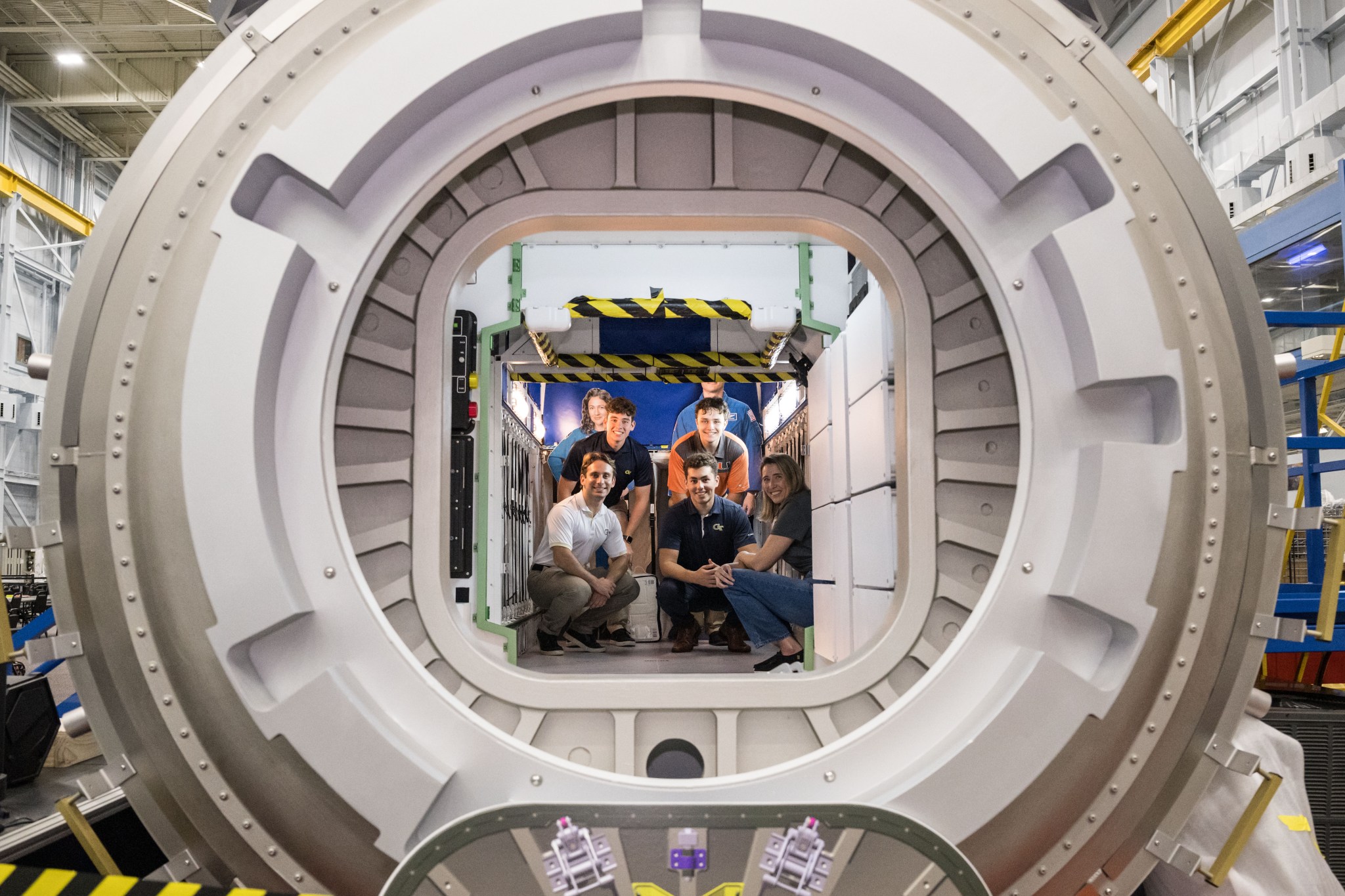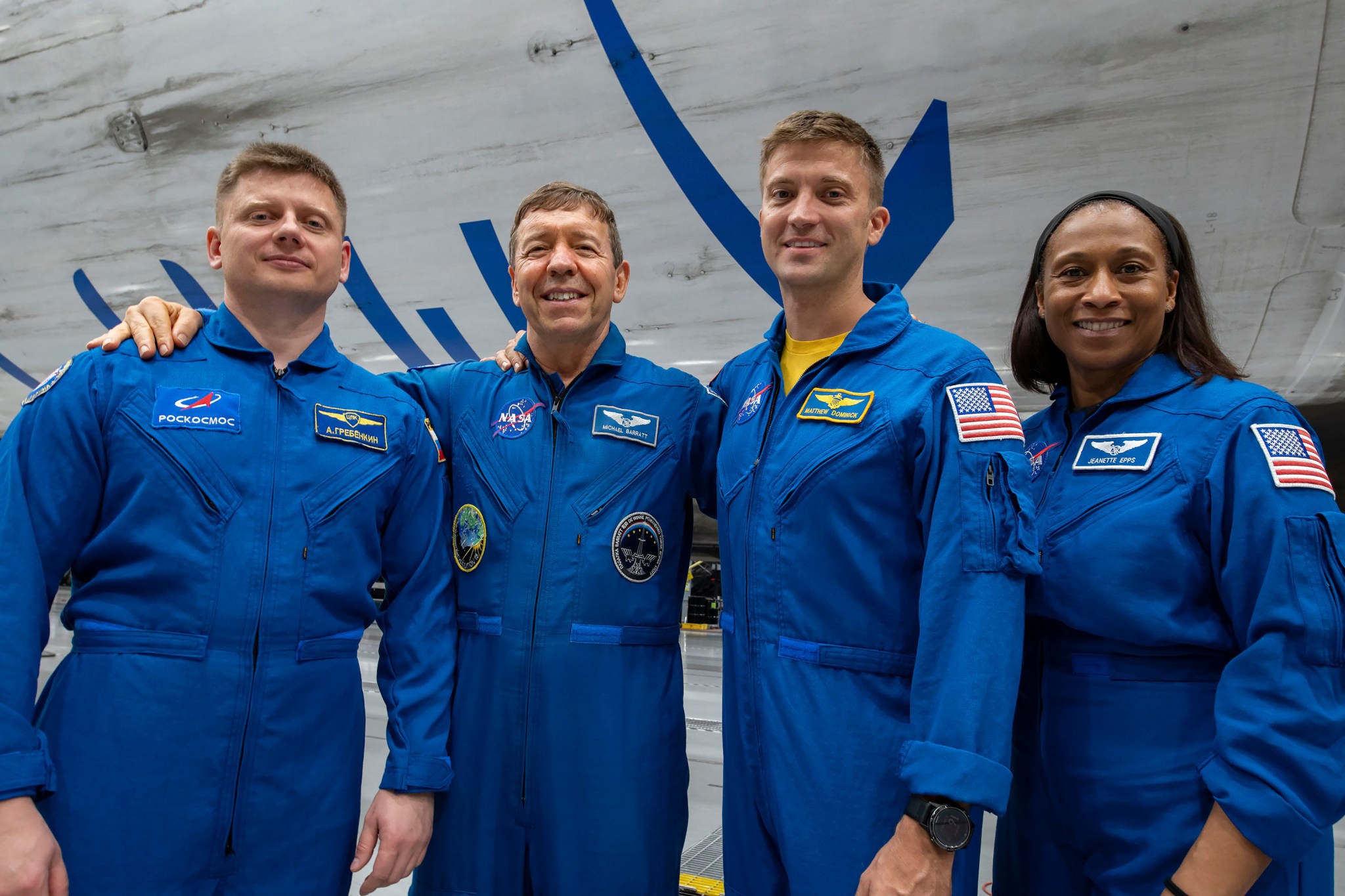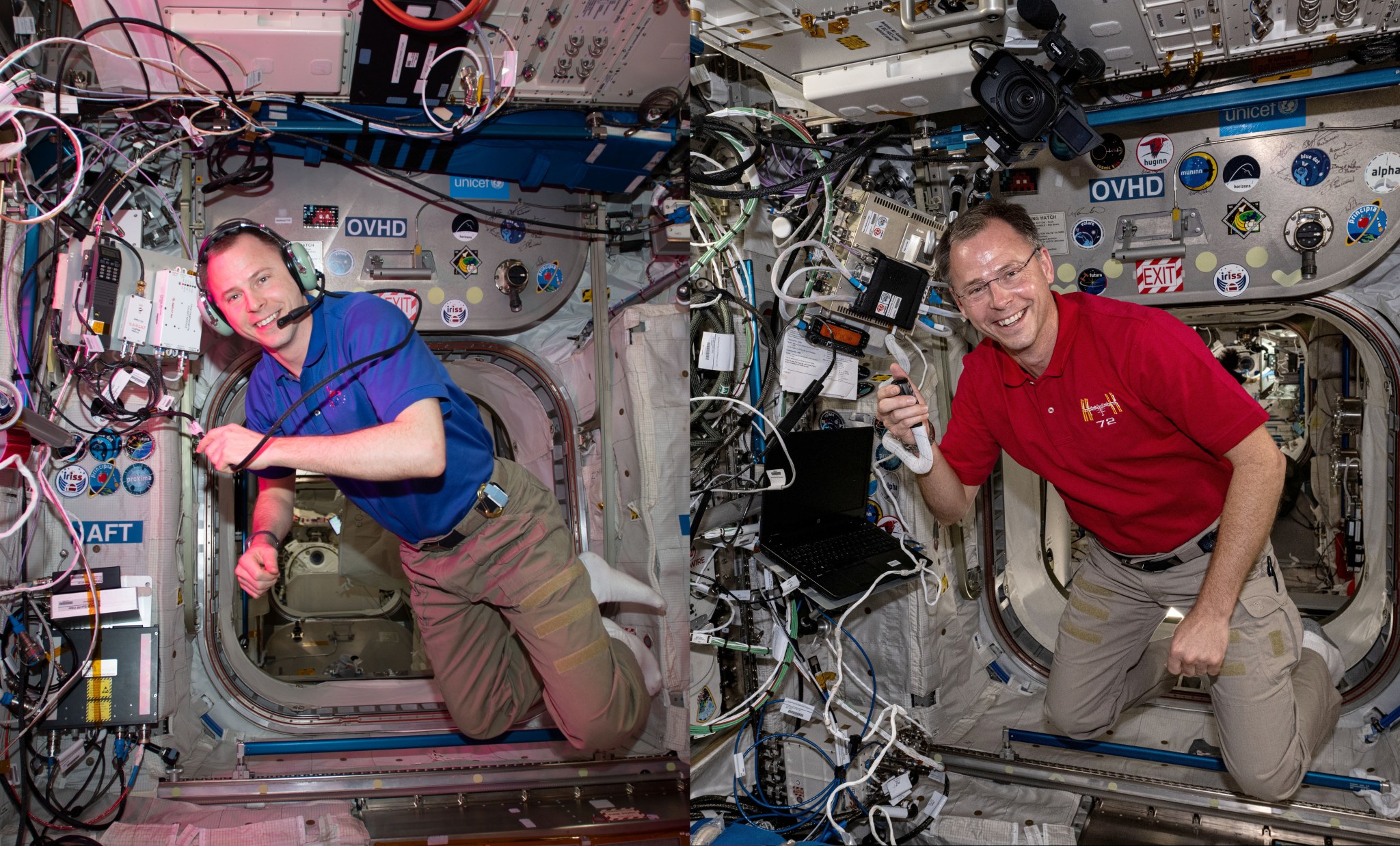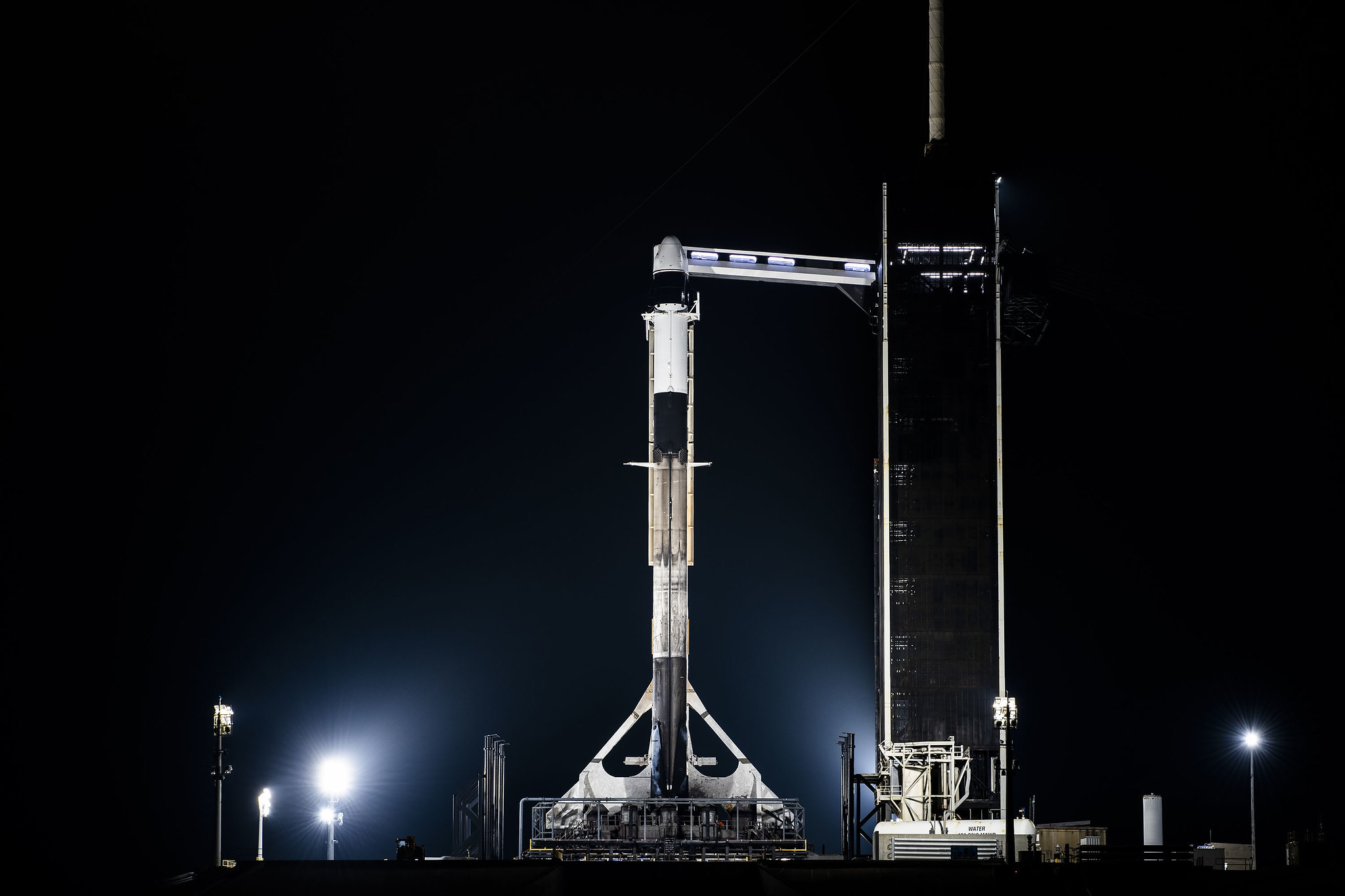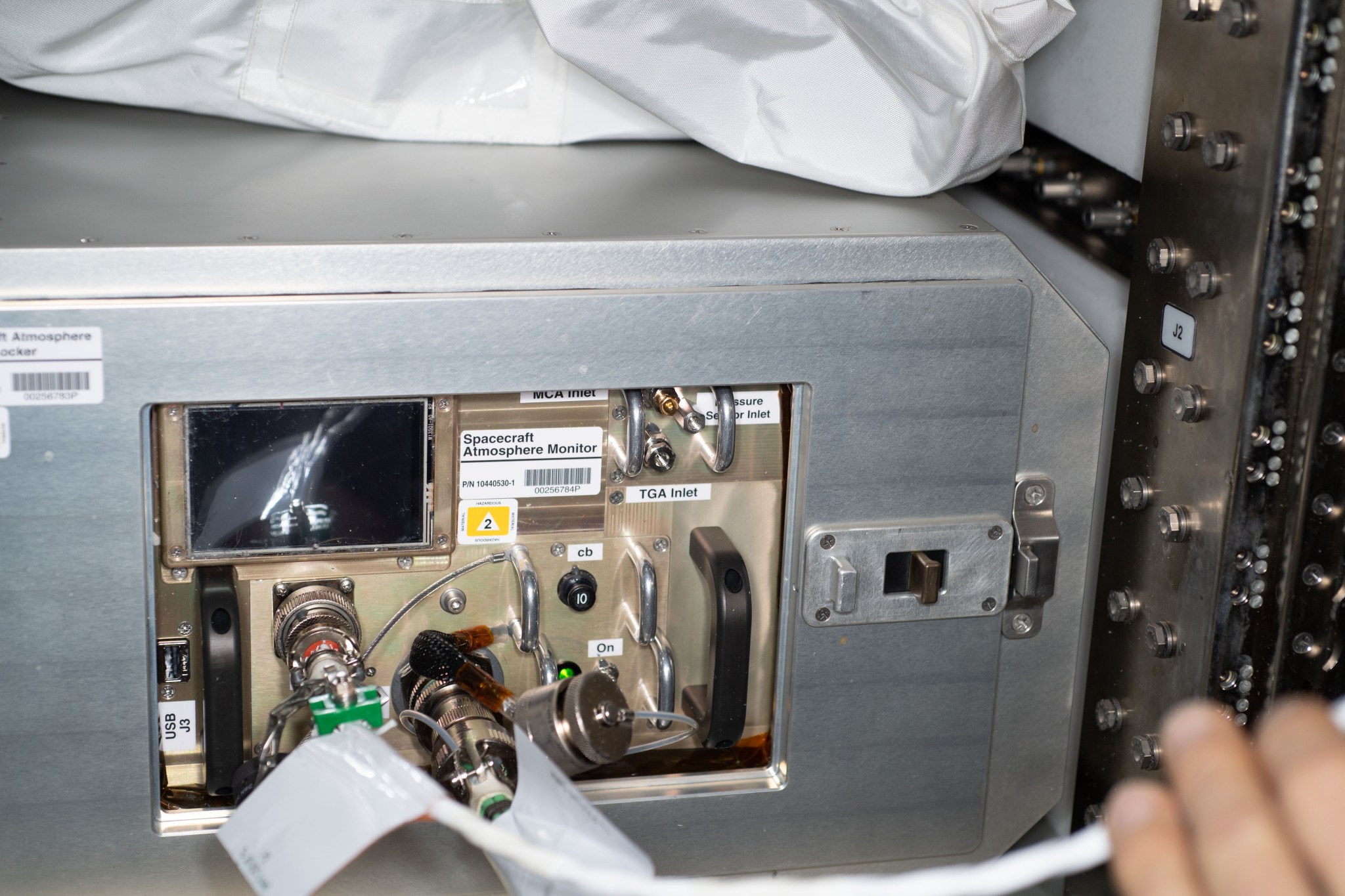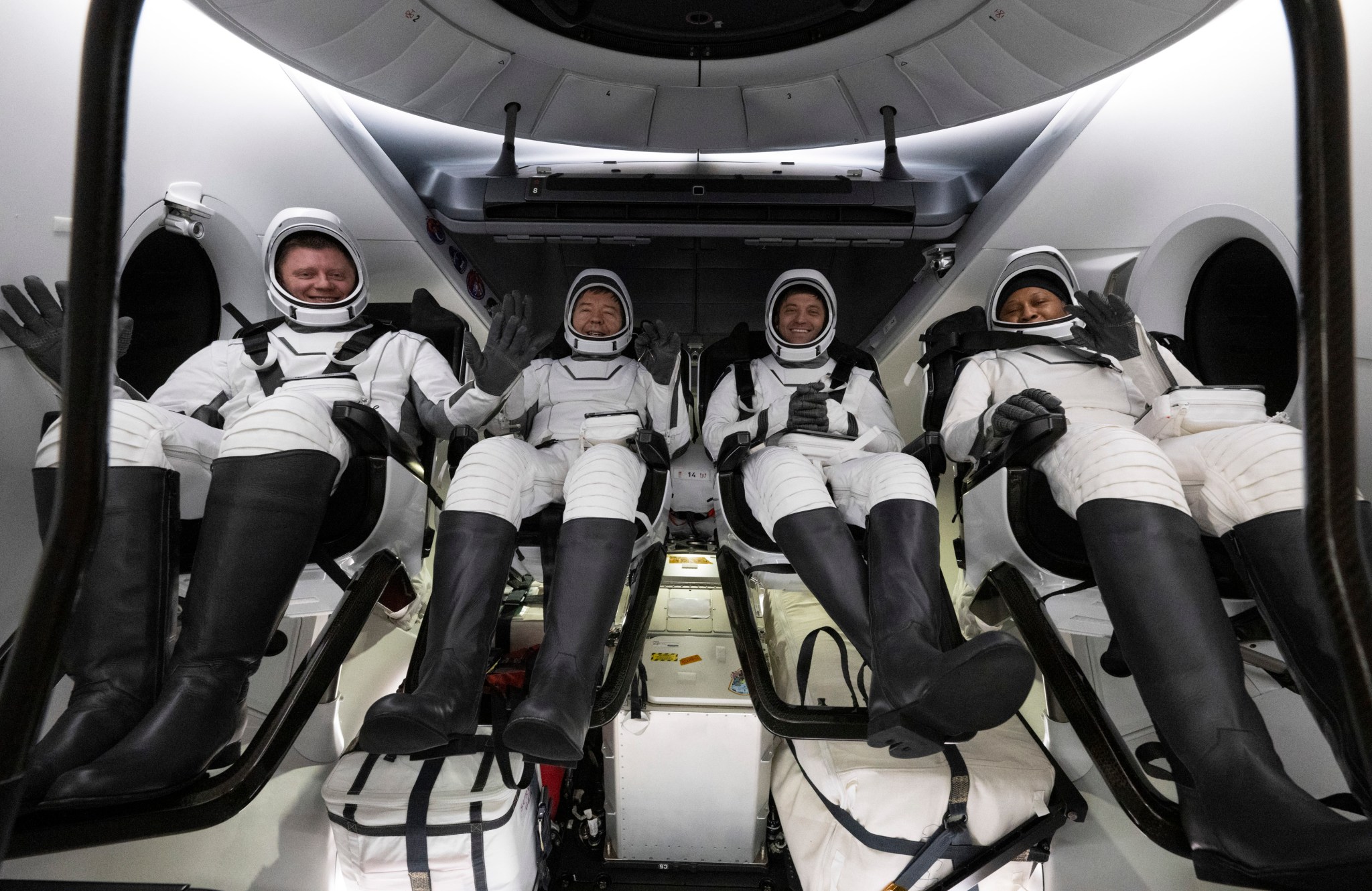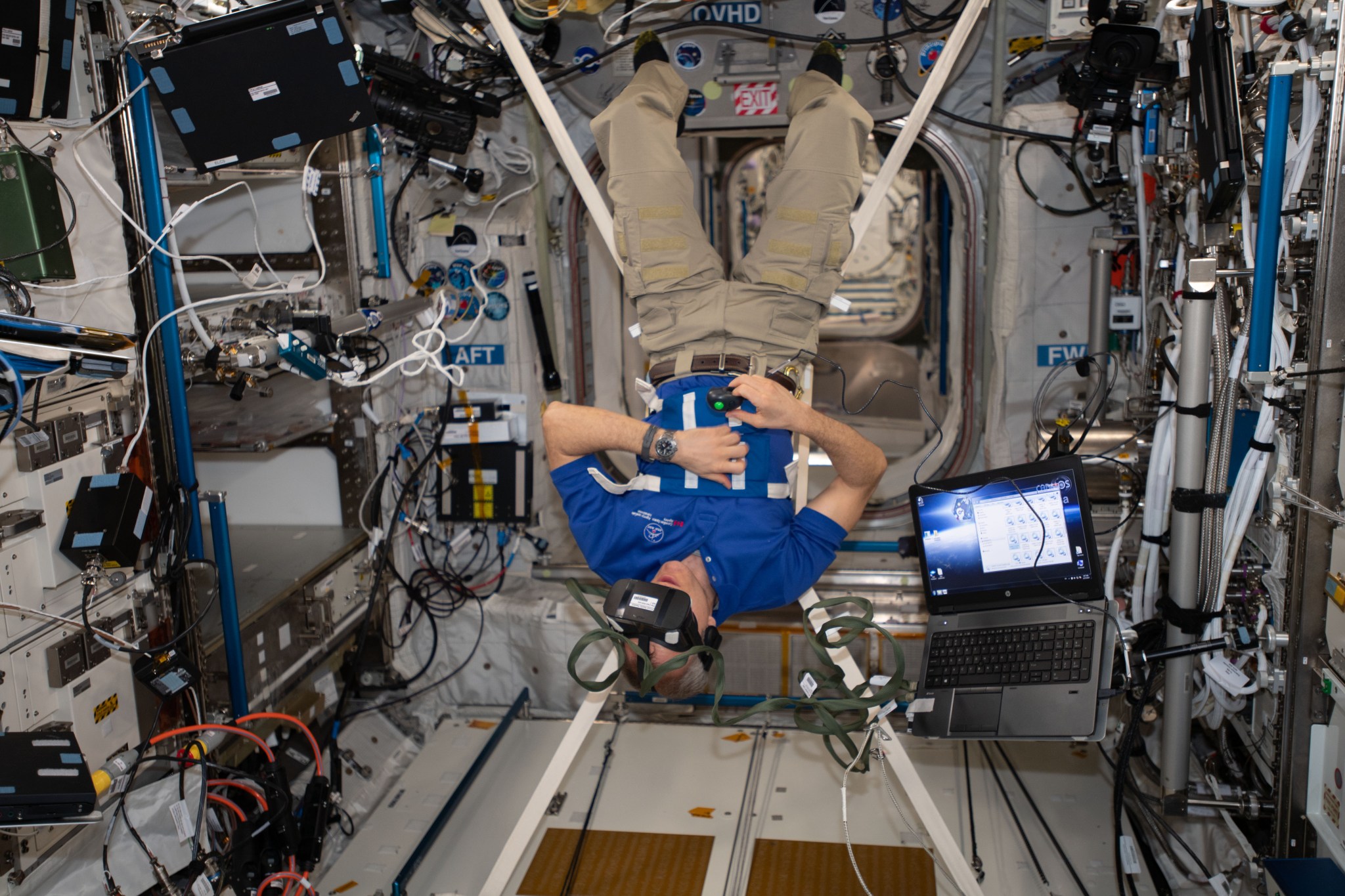On Sept. 20, 2024, four students experienced the wonder of space exploration at NASA’s Johnson Space Center in Houston, taking part in an international competition that brought their work to life aboard the International Space Station. Now in its fifth year, the Kibo Robot Programming Challenge (Kibo-RPC) continues to push the boundaries of robotics, bringing together the world’s brightest young minds for a real-world test of programming, problem-solving, and innovation. The Kibo Robot Programming Challenge (Kibo-RPC) students tour the Gateway Habitation and Logistics Outpost module at NASA’s Johnson Space Center…
Read MoreTag: ISS Research
Station Science Top News: Nov. 8, 2024
Researchers demonstrated the feasibility of 3D bioprinting a meniscus or knee cartilage tissue in microgravity. This successful result advances technology for bioprinting tissue to treat musculoskeletal injuries on long-term spaceflight or in extraterrestrial settings where resources and supply capacities are limited. BFF Meniscus-2 evaluated using the BioFabrication Facility to 3D print knee cartilage tissue using bioinks and cells. The meniscus is the first engineered tissue of an anatomically relevant shape printed on the station. Manufactured human tissues have potential as alternatives to donor organs, which are in short supply. Bioprinting…
Read MoreHurricane Helene’s Gravity Waves Revealed by NASA’s AWE
2 min read Hurricane Helene’s Gravity Waves Revealed by NASA’s AWE On Sept. 26, 2024, Hurricane Helene slammed into the Gulf Coast of Florida, inducing storm surges and widespread impacts on communities in its path. At the same time, NASA’s Atmospheric Waves Experiment, or AWE, recorded enormous swells in the atmosphere that the hurricane produced roughly 55 miles above the ground. Such information helps us better understand how terrestrial weather can affect space weather, part of the research NASA does to understand how our space environment can disrupt satellites, communication…
Read More¿Cómo se investiga en gravedad cero? Preguntamos a una científica de la NASA
1 Min Read ¿Cómo se investiga en gravedad cero? Preguntamos a una científica de la NASA La astronauta de la NASA Megan McArthur atiende a las células de donantes dentro de la Caja de Guantes de Ciencias en Microgravedad para el estudio Inmunidad Celeste. Credits: NASA Realizar experimentos científicos en la Tierra puede ser complicado pero en el espacio es aún más difícil debido a las condiciones de gravedad cero y microgravedad. La gerente de investigaciones comerciales de la Estación Espacial Internacional, Yuri Guinart-Ramírez, te explica cómo en la estación se…
Read MoreNASA’s SpaceX Crew-8 Astronauts to Discuss Science Mission
NASA’s SpaceX Crew-8 at the agency’s Kennedy Space Center in Florida. Pictured left to right, Roscosmos cosmonaut Alexander Grebenkin, NASA astronauts Michael Barratt, Matthew Dominick, and Jeanette Epps. Credit: SpaceX After spending 235 days in space, NASA’s SpaceX Crew-8 astronauts will discuss their science mission aboard the International Space Station during a post-flight news conference at 3:15 p.m. EST Friday, Nov. 8, from the agency’s Johnson Space Center in Houston. NASA astronauts Michael Barratt, Matthew Dominick, and Jeanette Epps will answer questions about their mission. The three crew members, along…
Read MoreHello Earth? Space Calling
NASA astronaut Nick Hague with the International Space Station’s amateur or ham radio equipment during his current mission (right) and a previous flight five years ago (left) NASA How it started versus how it’s going for astronaut Nick Hague with ISS Ham Radio on the space station. Since November 2000, crew members like Hague have used ham radio to communicate with people on Earth through this educational program, also known as Amateur Radio on the International Space Station or ARISS. So far, there have been more than 1,700 events, directly…
Read MoreNASA Sets Coverage for SpaceX 31st Station Resupply Launch, Arrival
The SpaceX Dragon spacecraft, pictured on March 13, 2023, carried on the company’s Falcon 9 rocket, will launch from Launch Complex 39A at NASA’s Kennedy Space Center in Florida for the agency’s SpaceX 31st commercial resupply services mission to the International Space Station. Credit: SpaceX NASA and SpaceX are targeting 9:29 p.m. EST, Monday, Nov. 4, for the next launch to deliver science investigations, supplies, and equipment to the International Space Station. This is the 31st SpaceX commercial resupply services mission to the orbital laboratory for the agency. Filled with…
Read MoreStation Science Top News: Oct. 25, 2024
Better Monitoring of the Air Astronauts Breathe Ten weeks of operations showed that a second version of the Spacecraft Atmosphere Monitor is sensitive enough to determine variations in the composition of cabin air inside the International Space Station. Volatile organic compounds and particulates in cabin air could pose a health risk for crew members, and this device increases the speed and accuracy of assessing such risk. Spacecraft Atmosphere Monitor is a miniaturized gas chromatograph mass spectrometer used to analyze the air inside the space station and ensure that it is safe for the…
Read MoreBack on Earth: NASA’s SpaceX Crew-8 Mission Splashes Down Off Florida
NASA’s SpaceX Crew-8 members, from left to right, Roscosmos cosmonaut Alexander Grebenkin and NASA astronauts Michael Barratt, Matthew Dominick, and Jeanette Epps, are seen inside the Dragon spacecraft shortly after having landed off the coast of Pensacola, Florida, on Oct. 25, 2024. Credit: NASA/Joel Kowsky NASA’s SpaceX Crew-8 mission successfully splashed down at 3:29 a.m. EDT Friday, off Pensacola, Florida, concluding a nearly eight-month science mission and the agency’s eighth commercial crew rotation mission to the International Space Station. After launching March 3 on a SpaceX Falcon 9 rocket…
Read MoreStation Science Top News: Oct. 18, 2024
Microgravity had no immediate effect on a person’s ability to perceive the height of an object, indicating that astronauts can safely perform tasks that rely on accurate and precise height judgments soon after arrival in space. We use the height and width of objects around us to complete tasks such as reaching for objects and deciding whether we can fit through an opening. VECTION, an investigation from the Canadian Space Agency, examined the effect of microgravity on an astronaut’s visual perception and how that ability may adapt during flight or upon return to…
Read More